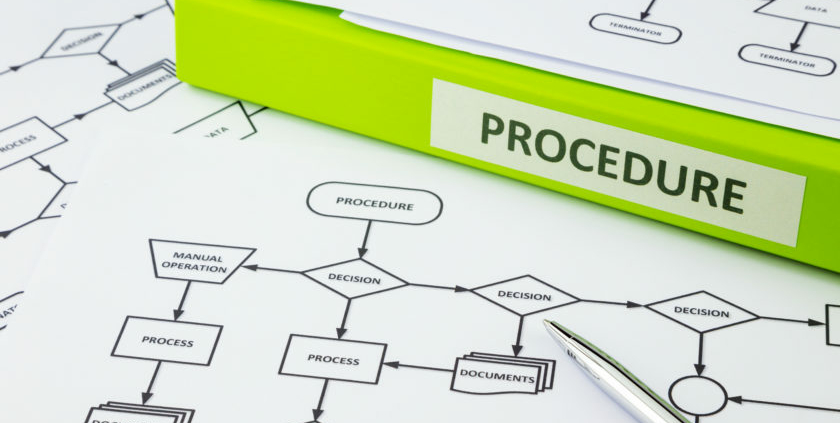Strategic Planning Series Part 6:
The Process Component
Consistency works. Identify your core processes and ensure that everyone is following them, and you will have an efficient, well-oiled machine. Don’t give this component adequate attention, and you will lose time, money, and control.
Having worked with many clients who are growing their firm from a single-attorney firm to a multiple-attorney firm, I have witnessed the frustrations that founding partners experience when trying to scale without having key processes in place, followed by all. If you are to have the ability to manage and grow your organization without feeling that you need to have your hands on every activity, you must have processes that work successfully for your firm identified and followed so that you can let go and allow your team to work your way.
Step 1: Identify Your Core Processes
To begin, meet with your leadership team to identify your core processes. Examples:
HR Process: How you recruit, hire, onboard, manage, review, promote, retain, and terminate people.
Marketing Process: How you reach your target audience to get your message to potential clients.
Sale Process: How you convert leads to engagements.
Operations Processes: How you provide services to your clients or customers. In a law firm, this includes onboarding clients and providing service to clients. You also want to consider the forms you use repeatedly in your practice based on practice area. As you consider your operations processes, think about how you can set your firm apart from your competitors.
Accounting Processes: Management of money flowing in and out of your firm, how your clients are billed, how your accounts receivable is managed, etc.
Step 2: Document the Steps in Your Processes
Once you have identified the core processes relevant to your organization and given them names that are meaningful to your team, you need to identify who on your team is accountable for documenting the steps in these processes. Refer back to your Accountability Chart to identify who should be assigned each of these areas.
When documenting your processes, you want to keep in mind the 20/80 rule. You want to document the 20 percent that accomplishes 80 percent of the results. In other words, keep it simple and easy to follow. As you simplify, you may often find that your core processes are too complex. This is your opportunity to look at how you can streamline. Put checklists in place where possible – do everything you can to ensure that your team members can follow these steps successfully.
Step 3: Package It
Once you have your steps documented, package them in a way that makes it easy for them to be consistently followed by everyone. Use visuals wherever possible. Consider this chart for the steps to be followed in onboarding new LEDES billing matters:

Once you have identified, documented, and packaged your core processes, they will be easily followed as you train existing employees and onboard new ones. The better you do with this component, the easier it will be for your leadership to manage the high-level responsibilities they should be managing and let go of the minutiae as the appropriately responsible team handles your processes.
For assistance with your strategic planning, contact Suzette@LawPracticeEdge.com. For more information on the EOS system, check out Gino Wickman’s book Traction.









